
Main content:
It was reported in April 2008 that some school shuttles in the United States also use a new hybrid vehicles. This IC Bus new hybrid vehicles use Enova Systems' rear-drive hybrid drive system, compared to standard diesel-powered school shuttles. , which can improve fuel efficiency by more than 70%. The Enova Hybrid Drive system, which is also installed in the new hybrid vehicles of the IC Bus School, can also significantly reduce CO2 (over 40%), NOx (over 30%) and particulate matter emissions (over 20%). IC Bus's new hybrid vehicles have been rolled out in the United States and Canada. The bus equipped with the Enova combined hybrid drive system, the 2007 model is the IC Bus CE series school bus, equipped with a VT365 engine and an Allison 2500 rear transmission hybrid drive system. The 2008 model is an IC Bus CE series school bus, equipped with a MaxxForce 7 engine and an Allison 2500 rear-drive hybrid drive system.
1. The New Hybrid Vehicles from UPS in the United States
The United States UPS (United Parcel Service) announced in mid-May 2008 that it would increase the use of alternative fuel vehicles in its US fleet, adding 200 new hybrid vehicles and 300 compressed natural gas vehicles. The purchase of 500 alternative fuel vehicles means that UPS's alternative fuel vehicles have increased by 30%, and its low-carbon new hybrid vehicles have increased from 1,718 to 2,218.
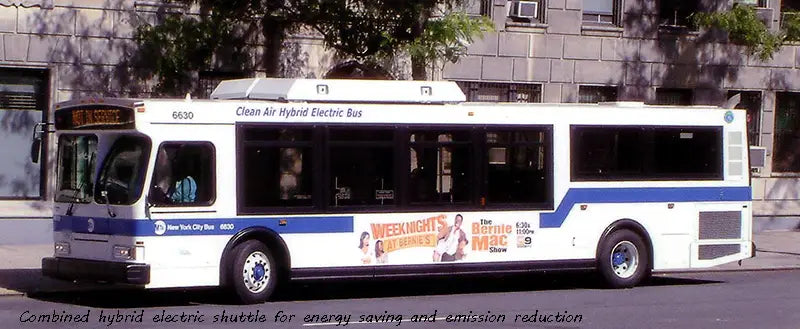
2. General Motors' New Hybrid Vehicles
General Motors announced in mid-August 2008 that it planned to export its new hybrid vehicles Cadillac Escalade to Europe, China and the Middle East. The Escalade's new hybrid vehicles offer a 50 percent increase in fuel economy in city use and a 10 percent improvement in highway driving. The new hybrid vehicles were produced in Texas, USA in mid-August 2008.
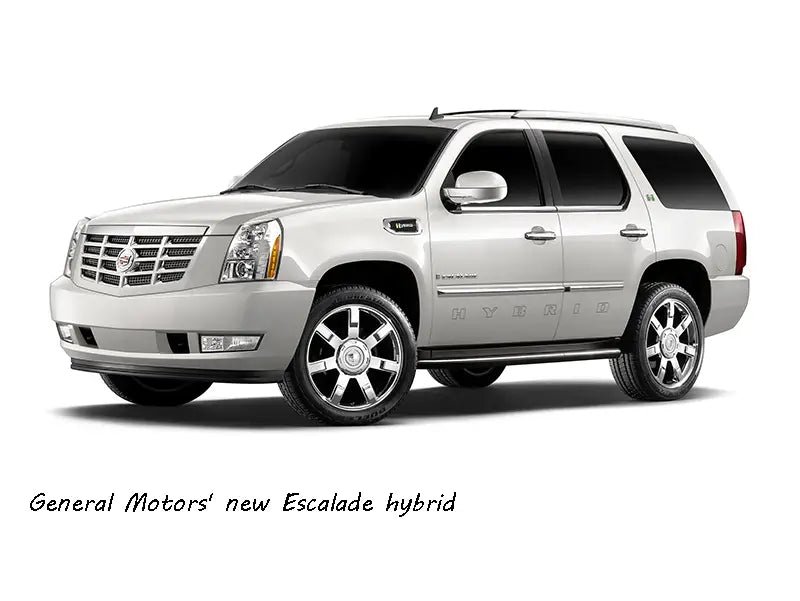
3. Aptera's New Hybrid Vehicles
Aptera Corporation announced on November 20, 2007 the launch of two ultra-efficient all-electric and combined new hybrid vehicles, a move that has the potential to change the future of automotive design. Aptera's Typ-1 adopts lightweight composite material technology and has excellent dynamic performance. The new hybrid vehicles are available in two modes: all-electric new hybrid vehicles and hybrid new hybrid vehicles, priced below $30,000. The electric new hybrid was launched in 2008 and will be sold to Market launch of new hybrid vehicles. The all-electric vehicle has a range of 120mi. The combined hybrid has a fuel consumption of 300mi/gal over a range of more than 600mi.
4. Hyundai Motor Corporation's New Hybrid Vehicles
South Korea's Hyundai Motor Company announced at the end of August 2008 that it would market new hybrid vehicles powered by lithium-ion battery technology in the U.S. market in 2010. The company's first new hybrid vehicles to market in the U.S. will be the Sonata. South Korean battery maker LG Chem will supply lithium-ion batteries for Hyundai's new hybrid vehicles, and the company will also supply lithium-ion batteries for General Motors Corp's Volt.
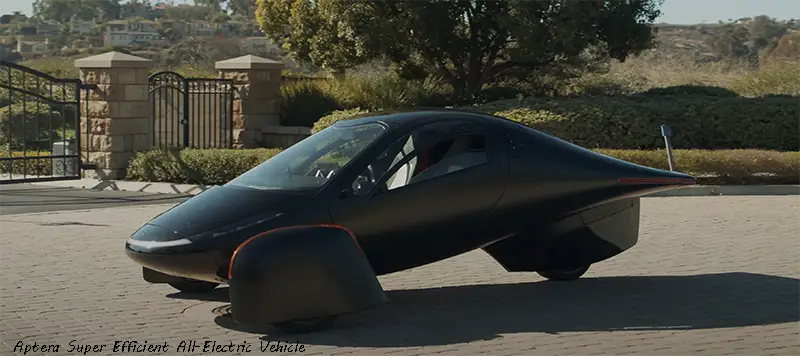
South Korea's Hyundai Motor Company released the concept car "BLUE-WILL" in April 2009. The BLUE-WILL is equipped with a 1.6L direct-injection gasoline engine, a CVT, a motor with an output power of 100kW, and a lithium polymer that can be charged by household power. A parallel hybrid system composed of rechargeable batteries, BLUE-WILL's headlight bezels are made of recycled PET bottle materials, polylactic acid is used for interior materials, PA11 is used for the engine cover, and a panoramic glass car with dye-sensitized solar cells embedded roof, which can generate electricity without affecting the view.
On March 25, 2009, South Korea's Kia Motors launched a new environmental brand "Eco Dynamics" and a new LPI hybrid vehicle in the Korean market. These new hybrid vehicles with environmental technologies include hybrids, plug-in new hybrid vehicles and hydrogen fuel cell new hybrid vehicles. Kia Motors launched its first new Forte LPI hybrid vehicle in the Korean market in August 2009, and plans to launch mid-scale new hybrid vehicles in 2011, and a new hydrogen fuel cell hybrid vehicle will be commercialized in 2012 change. The new Forte LPI hybrid vehicle is powered by LPG and electric power, with a 1.6L Gamma LPI HEV engine and a 15kW electric motor. The Forte LPI new hybrid vehicles have a maximum power of 112hp (84kW) and a maximum torque of 148N m (109 lb- ft). Fuel efficiency is 17.2km/L (5.8L/100km or 40mpg). When switching to a standard gasoline engine, fuel efficiency is 21.5km/L (4.7L/100km or 50.6mpg). The Forte LPI Hybrid uses lithium-polymer batteries produced by LG Chem.

At the 2009 New York Auto Show, South Korea's Hyundai Motor unveiled a new hybrid crossover concept car "Nuvis". The powertrain is equipped with a hybrid system "Hybrid Blue Drive" using a lithium polymer rechargeable battery. The Hybrid Blue Drive consists of a 2.4L displacement 4-cylinder engine "Theta II", a starter motor, a motor with a power of 30kW and a torque of 205N m, 6 It consists of a high-speed automatic transmission and a lithium polymer rechargeable battery with a battery capacity of 5.3A·h and a voltage of 270V. In the parallel hybrid mode, in addition to the joint driving of the engine and the motor, the engine and the motor can also be driven independently. The maximum output power of the whole system is about 170kW. In addition to energy regeneration during braking, fuel consumption is reduced through a no-idling system based on the starter motor. The rechargeable battery is located under the luggage compartment, so the floor of the luggage compartment is high.
5. Mazda Motor Company's New Hybrid Vehicles
Mazda Motor Corporation announced on March 25, 2009 the start of commercial production of the Mazda Premacy RE hybrid vehicle, a new hydrogen-powered new hybrid vehicles that adds a hybrid system that greatly improves performance. Mazda is the first automaker to commercialize a hydrogen-powered hybrid vehicle. The Premacy RE Hybrid combines Mazda's hydrogen rotary engine with an electric motor. The engine output is converted into electricity, which drives the motor to drive the wheels. The hybrid system increases the hydrogen-fuelled driving range of the Premacy Hydrogen RE Hybrid to 200km (124mi), double that of the RX-8 RE, and increases the maximum power by approximately 40% to 110kW. The car features Mazda's proprietary dual-fuel system that allows the car to run on gasoline if hydrogen isn't enough. Lithium-ion battery stacks provide energy storage, while compressed hydrogen is stored in 35MPa tanks. The new hybrid vehicles emit 700kg of CO2 per 1kW•h of electricity and 840g of CO2 per mile driven, or 525g/km.
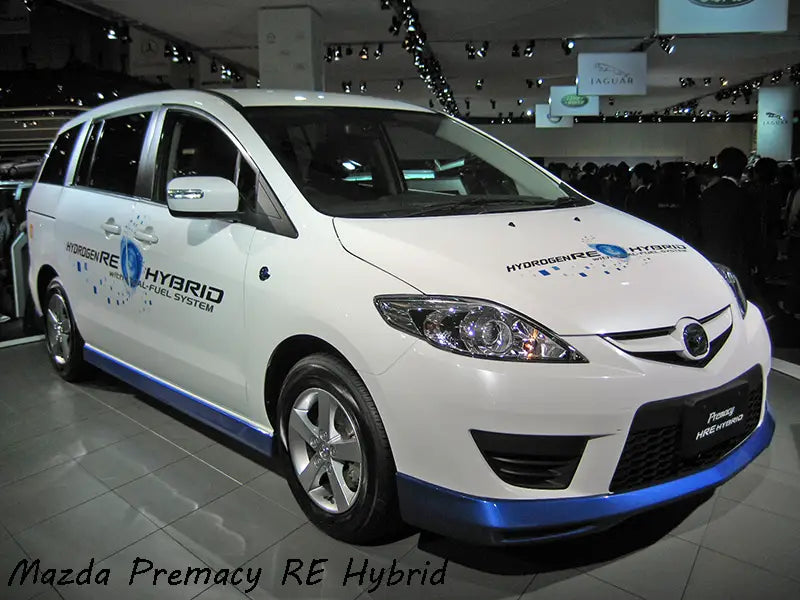
On July 2, 2009, the Australian state of Victoria launched Australia's first new hybrid bus. The hybrid electric bus is produced by Grenda and Ventura Buses. Compared to conventional diesel buses, the hybrid-electric technology can save 20 percent in fuel and reduce greenhouse gas emissions.
General Motors' 2009 Saturn Vue dual-mode new hybrid vehicles became the courtesy car for US President-elect Barack Obama's inauguration. On the same day, a convoy consisting of several 2009 Saturn Vue dual-mode hybrids departed from the "Motor City" Detroit and headed to Washington, D.C. In this fleet parade called "Towards the Road to Change", this extremely environmentally friendly fleet is displayed along the way, calling on the public to reduce energy consumption.
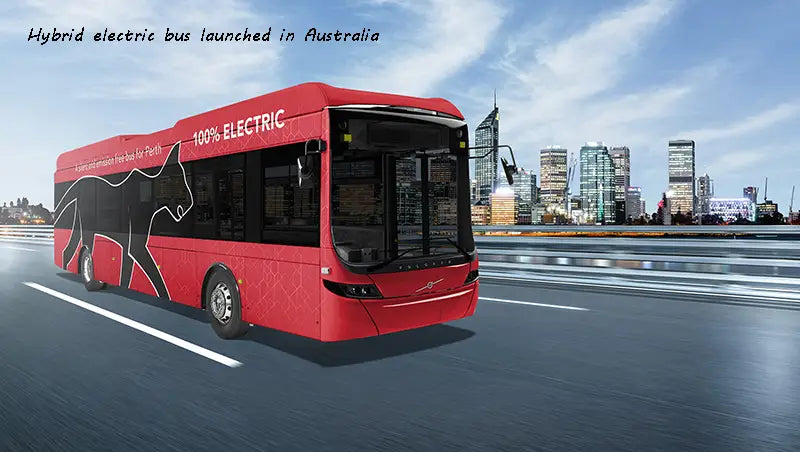
The world's first new generation of energy-saving and environmentally friendly buses, the Volvo hybrid double-decker bus, was unveiled at Alexander Palace in London in July 2009 and handed over to Arriva London Bus Company. This shows that the hybrid technology has now moved from the development stage to the fully commercial stage, driving a significant reduction in fuel consumption and tailpipe emissions in public transport along with other technologies. The new hybrid vehicles double-decker bus, which has reduced fuel consumption and emissions, is also part of an ongoing Volvo Group programme involving truck, construction equipment and bus companies. The distance between bus stops in Gothenburg is relatively long, which is expected to save 20% to 25% of fuel.
Mitsubishi Fuso Truck & Bus Company announced on March 4, 2010 that it has started sales of Fuso Canter Eco hybrid trucks in Hong Kong. MFTBC markets the Fuso Canter Eco hybrid trucks through Universal Cars, a Mitsubishi Fuso distributor in Hong Kong. The light-duty truck was launched in Ireland in October 2009 and will expand into new markets in 2010. The Fuso Canter Eco hybrid truck uses a parallel hybrid system that improves fuel efficiency by 20% and reduces CO2 emissions compared to conventional drives. Headquartered in Kawasaki, Japan, Mitsubishi Fuso Truck & Bus Company is one of Asia's leading commercial vehicle manufacturers and is part of the Daimler Trucks division of Daimler AG.
















